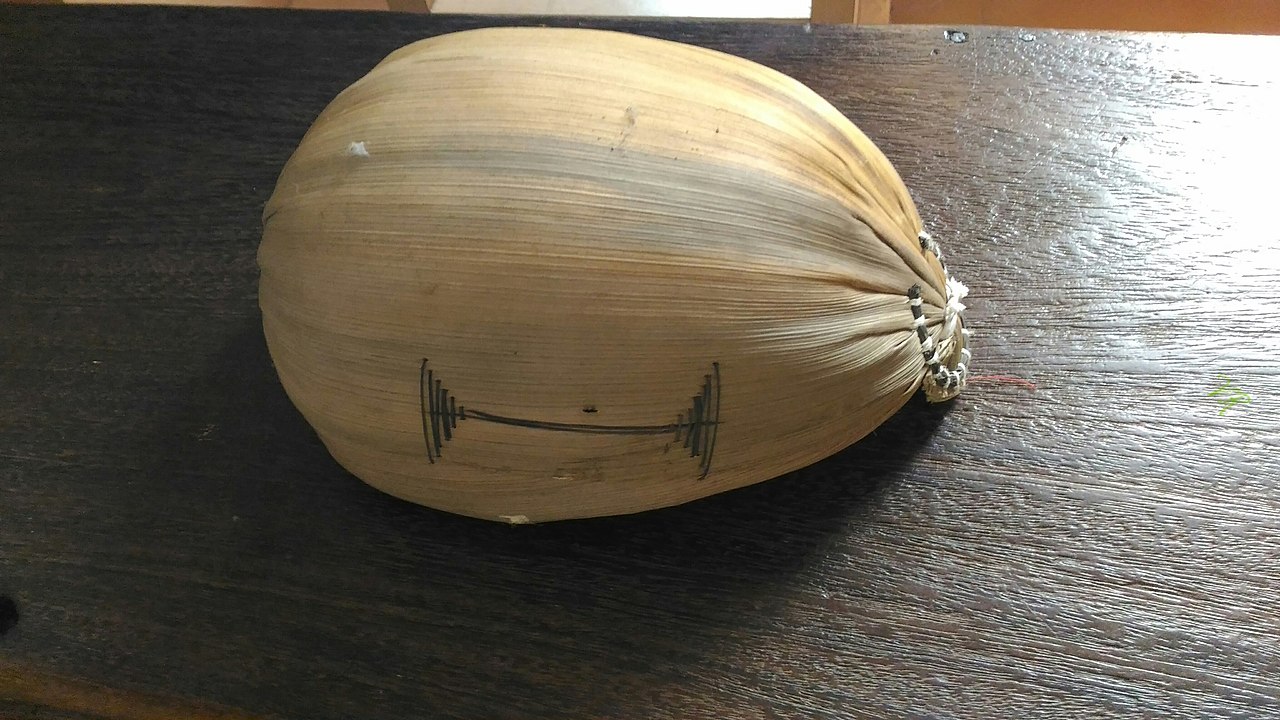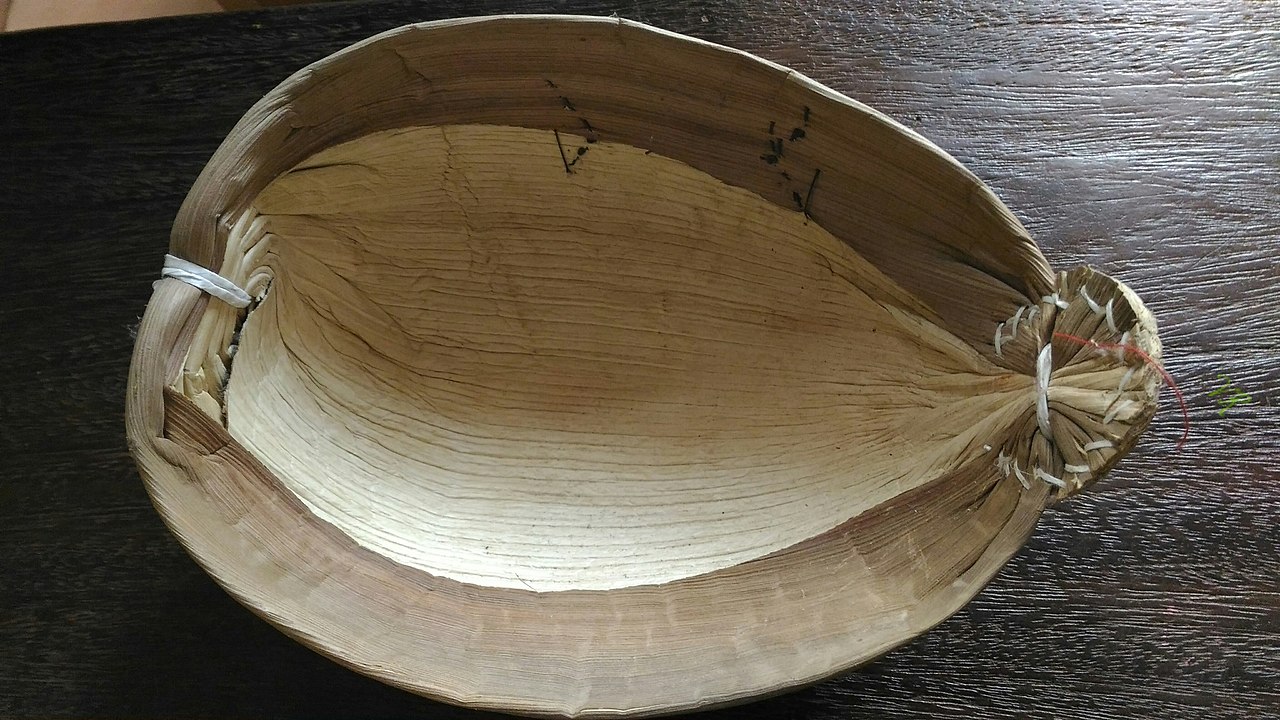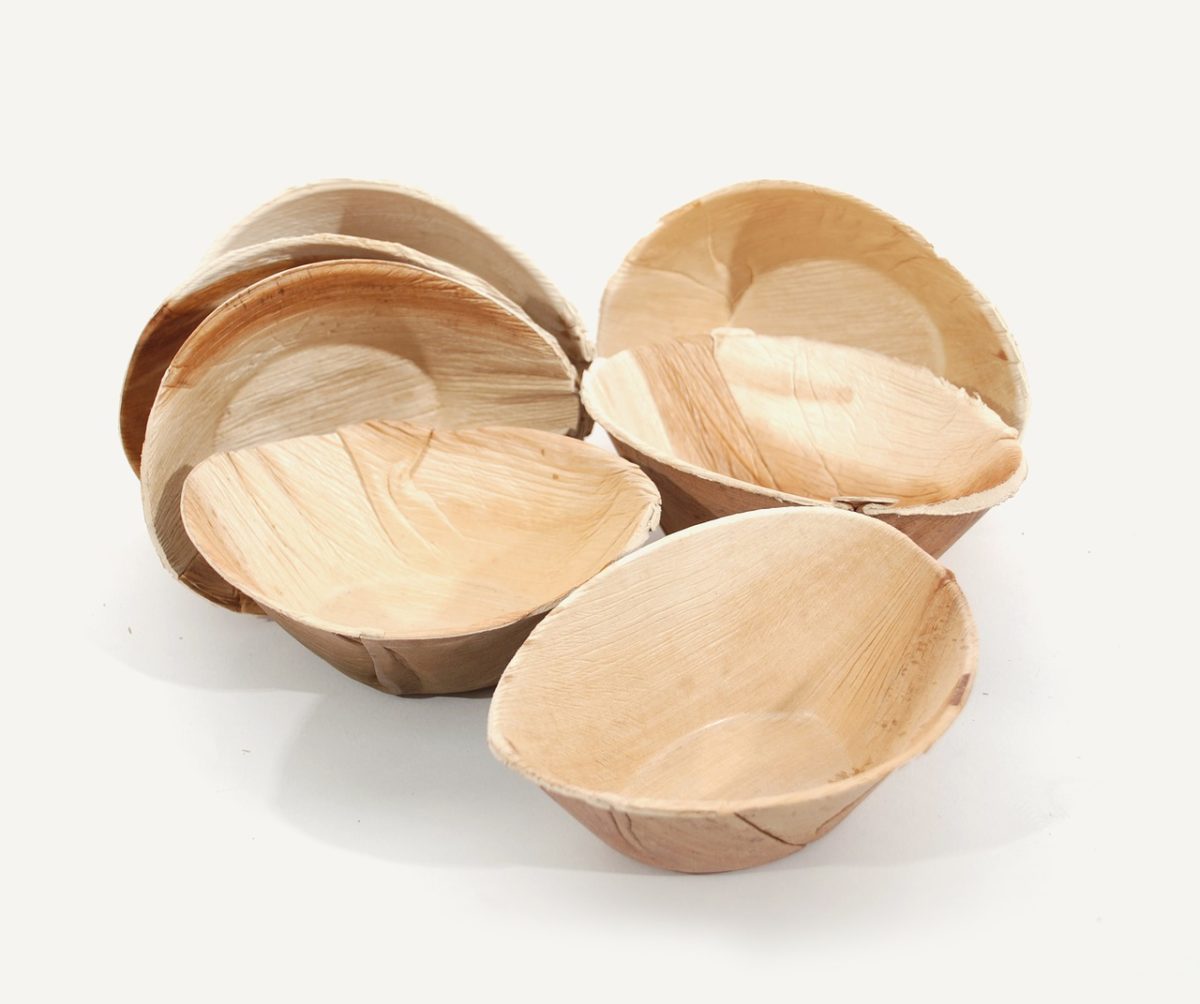 Areca catechu is a species of palm which grows in much of the tropical Pacific, Asia, and parts of east Africa.
Areca catechu is a species of palm which grows in much of the tropical Pacific, Asia, and parts of east Africa.
Common names: areca (nut) palm, betel palm (because its fruit, the areca nut, is often chewed along with the betel leaf), Indian nut, Pinang palm, 檳榔, கமுகு (bunga), pinang, கமுகு, kamuhu, adakka, adike.
- 100% natural material (0 chemicals used in manufacture)
- 100% direct solar energy used in manufacture reasonably easily
- Hold liquids up to around 5 hours
- Thermally insulating so good for holding hot (or cold) food
- Microwave oven safe
- 100% Biodegradable (compostable/decomposable) within 2-3 months
Uses
- Traditional occasional use vessels: “Hat palathoppi” in souther India


- Contemporary single use Food containers: Plates, bowels,cups, trays
Potential Uses
- Phone/Pad case?
- Book covers?
- Panels: bonded together with natural adhesive (like papier-mâché) for architectural/automotive interiors etc?
- Please comment below with any other Research, Exploratory/student projects, Ideas…
Process
1. Collect freshly fallen leaves of Arecanut / Adaka palm tree (trees do not need to be cut down). The leaf which covers the fruit may be the highest quality for this use.
2. Wash off dirt. Turmeric can be used as a disinfectant.
3. Air dry, stretch out and flatten. (*need more information on this step)
4. Shape using heated press with metal mold. Multiple items may be possible from each leaf.
5. Wash clean again and cut off excess.
6. Sun dry
More Information
- Areca Catechu – Wikipedia article
- Vegware – global plant packaging supplier
- Ecopalmleafplates – Indian exported
